Getting the Balance Right: Applying the Online Learning Model to Teaching Practice
Teaching, like composing music, is as much art as science. There are many elements to balance and discord occurs if any one of the elements is in the wrong relationship to another. Technology has introduced a range of new possibilities to the teaching space but in doing so it introduces further opportunities for potential dissonance. There is no magic formula for creating fabulous music, or fabulous learning experiences, but there are principles that we know will work and combinations of elements that form pleasing patterns which we can repeat.
When composing, performing and recording a piece of music successful patterns and sound combinations used in the past are rethought and built on through a process of careful selection in the context of current practice and new ways of hearing and thinking about music. As educators we need to go through a similar process. Just as a musician builds on a personal history of scholarly expertise and immersion in music experience, developing a sense of the repertoires that please their ear and the ears of others, educators take the patterns of successful experiences and research of the past and recombine them in the new contexts of today to find the right balance for harmonious, or thrilling learning experiences.
The Online Learning Model proposed by CSU highlights seven elements composing a potential learning experience. These elements have been identified through prior experience and research to contribute to the composition of high quality learning experiences. They are not a mathematical formula that can be applied to every situation uniformly, the balance between the elements and the unique context of various courses determines the appropriate expression of each element. Educators must make the judgement calls at many stages along the way of planning, composing and performing learning experiences. They must weigh the needs of the experience and judge which elements to engage with in greater depth and which ones will provide better support with a lighter touch.
The sound mixer separates out elements of a piece, allowing particular features to be focused on individually. A visual display illustrates the relationships between these elements enabling choices to be made and levels adjusted. Similar decisions may be made when planning a learning cycle. It is not desirable (or possible) to focus on each element of the OLM at full volume, a balance must be achieved. Finding the right levels requires a sense of the audience, the purpose, the context and the nature of the instruments available (including the performer).
The OLM Mixer is a tool for illustrating the levels of potential engagement with a range of teaching strategies. It provides a range of descriptors to diagnose existing practice and a visual map of the relationships between the features in a learning cycle for future planning.
Use the tool below and let us know what you think!
Learning Communities
Interaction between Students

Teacher Presence
Interaction with the Professions
Flexible & Adaptive Learning

Interactive Resources
e-Assessment
light
Establishing community
Proactive work by the teacher to orient students to the environment and have them introduce themselves to each other and share their location, interests, or subject goals. Designed activities where students respond to each other’s shared photos, videos, or written reflections. Forums structured and named to invite participation.
Active scaffolded discussion
An active Discussion Board with clear communication protocols is established. Specific forums are created for assessments and topic areas for students to use and prompts are provided to students throughout learning content to encourage student contributions. These focus questions provide opportunities for students to share their experiences, knowledge and perspectives in an open dialogue.
Established teacher Identity
Students are made aware of the teacher by clearly establishing their identity. The subject landing page introduces both the teacher and the subject in text, photos or video and includes clear information on channels of communication and contact. Throughout the sessions the teacher is responsive to forum postings, email and other contacts from students. Announcements throughout the session ensure students are aware of ongoing engagement and provide a simple way for responding to the class. Providing ample feedback on assessment items and timely responses to students’ online questions and comments ensure students know they are engaged with an active teacher.
Professional contexts & linkages
Examples of professional contexts are highlighted in the subject. Learning tasks and assessments are linked to the development of professional knowledge and skills using case study examples, practical and tutorial classes and video resources. These tasks require students to draw on and reflect upon their experiences.
Reflective Design
Between teaching sessions, student and peer feedback, along with evidence of student learning behaviours through analytics are used to evaluate learning and teaching designs, strategies and resources. This leads to a continual improvement process to align the learning delivered experiences with students’ learning needs. To allow students to progress at their own pace if they wish to, all materials are available at the beginning of the session and synchronous meetings are recorded to allow asynchronous access.
Curating & repurposing media resources
High quality, existing, rich media resources are carefully incorporated and integrated throughout the subject materials in ways that complement the text and provide different perspectives, explanations and examples of practice. Using a range of media types within subject content can provide flexibility in the ways in which students consume and interact with content and can support different learning styles and preferences.
Tests & quizzes
The use of online tests, quizzing tools and interactive technologies for formative and summative assessment. Students can use these tools to gauge their emerging understanding of content and conceptual ideas. The addition of online invigilation provides new opportunities for eExams to be conducted. These online exams can provide improved flexibility, marking turn around and opportunities for more authentic examination tasks.
Online Study Groups
Formation of supported online study groups allowing students to regularly engage with each other around subject content and assessment. Tailoring of the online environment to help study groups to meet and discuss ideas synchronously or asynchronously. Content and activities can be structured for group engagement throughout the session.
Shared Reflective Dialogue
Students actively create content to reflect and share their practices through a variety of digital mediums and online tools, with the specific aim to develop ongoing dialogue. Online journals and blogs allow students to comment on each other's work and provide feedback. Reflective practice could also extend to rich media and include video or audio recordings.
Establish Effective Communication
Clear communication channels are established between teacher and students that allow for ongoing dialogue throughout the session. The tone of communication shows an interest in students’ success and conveys that the teacher is approachable. Video and audio introductions to the subject and key areas of focus, like each assessment task, provide a way to engage with students, discuss issues and give feedback to the class as a whole. Synchronous sessions provide a way for students to discuss their learning experiences. Regular (weekly or fortnightly) contact and updates encourage students and help establish a rhythm to the subject.
Professional practices & cultural contexts
Professional contexts are integrated into the subject so that learning activities , including assessment tasks are linked to the development of professional knowledge and skills. Students are developing a professional approach to their practice as well as developing their professional identity within low risk learning environments. Students increasingly produce work and demonstrate skills that are at a professional level. Professionals are invited to synchronous meetings and provide guest lectures shared asynchronously.
Design for flexibility
Learning resources may be provided in response to the identified needs of a student cohort. Personalised support processes can be developed using data that helps connect students with university support services. To enable students to study offline, all core materials are enabled to be downloaded to a device. Accessible design strategies are available to cater for special-needs students.
Commissioning & creating media resources
Video, audio, diagrammatic, photographic and multimedia resources are developed by academic staff in collaboration with media specialists for the specific needs of the subject and used to contextualise information and complement textual content. These resources can be generated at the time of need in response to online discussions, student questions, and contemporary events. Authentic learning products created by students as part of learning activities can also be a source of resources for future sessions.
Creating rich media artefacts
Students take advantage of digital technologies to create rich media artefacts for their assessment that go beyond text and are sharable using online platforms. Tasks can be structured around authentic professional tasks that go beyond the traditional academic essay and require students to produce videos and presentations, communicate research, or synthesize and explain complex theories in forms they’ll utilise as professionals. Using online marking tools, feedback can also be provided as rich media elements.
Sub cohort teaching
A large cohort is divided into smaller sub cohorts and each group is facilitated by a staff member who guides the community building, provides formative feedback, moderates the discussion forums and is responsible for the marking of summative assessment tasks.
Collaborative learning tasks
Collaborative learning tasks require students to work together towards the creation of learning products and authentic professional artefacts. Within this collaborative practice students engage in deep conceptual and professional dialogue with their peers.
Support for shared experiences
An ongoing narrative is developed throughout the subject and a clear online teacher persona helps to establish an environment that reassures and supports students. Relevant experiences are shared through video and interactions throughout the subject to help humanise the content. This process reduces the ‘psychological distance’ and develops a sense of community.
Authentic professional learning
Authentic activities focus on developing the skills, knowledge and attitudes necessary for the profession. They are aligned and scaffolded to enable student learning and to complete assessment tasks in workplace and/or professional contexts. Students are developing a professional identity, critical reflective practices, applying theory to practice. Students may visit workplaces (in person or virtually) or shadow professionals in the workplace.
Learner orientated
Active use of analytics, communication, discussions and student feedback to support student learning in real-time and in targeted ways. Evidence-based interventions and feedback is provided and designed to increase the likelihood of learner success. Personalised learning opportunities can be presented through assessment tasks that allow students to draw on personal and professional interests or expertise. The adaptive release of materials based on student performance can fill gaps in students' knowledge and understanding or offer students extension opportunities.
Resources as a platform for engagement
Resources representing realistic contexts and professional practices are used to provide a context for engagement within authentic learning activities or assessment tasks. These activities could include role-play, problem-based learning or critical reflection drawing upon example cases illustrated through photographic, audio or video resources. Such tasks can be enhanced through peer feedback, discussion or online collaboration.
Peer feedback
Peer feedback on online journals, portfolios and digital objects can support student interaction and foster learning communities as well as the development of critical reflective practices. These tasks can also extend beyond text with responses and interaction utilising rich media like video and audio.
Project based learning design
Project based learning where students work together throughout the subject as a collaborative group. Groups meet autonomously and share responsibilities as they work towards the co-creation of authentic real world artefacts. Group members can take on complementary professional roles.
Learning cooperatively
Cooperative learning provides a structure through which students are required to undertake complementary learning activities which collectively lead to the achievement of shared learning goals. Students take responsibility for engaging with specific ideas and content and then share their developing understandings with the group.
Responsive teaching
Ongoing evaluation of student learning needs. New content or new facilitation strategies are introduced when needed in response to student learning activities recorded in analytics, and/or student perspectives provided through quick surveys or forum postings. Students have a sense of being in a learning community with the teacher and that their learning is being enhanced by the group.
Engagement with the professions
Students engage with the professions through workplace learning experiences or mentoring arrangements. Learning experiences and assignments are aligned to the workplace and/or professional contexts to ensure purposeful implementation of knowledge, skills and practice. A supportive connection between CSU, the student and partner is established before the placement (or other WPL experience) and maintained during and after its conclusion. Students are integrated into the complex and holistic aspects of the profession, developing inter-professional skills, personal ownership of their professional identity and critically reflecting on their own practice.
Responsive by design
Teaching approaches and activities are designed to be responsive to student behaviour and demonstrated knowledge. This flexible approach acknowledges that some cohorts of students can be quite diverse and that a one size fits all approach will not work. Utilising early data and adaptive learning systems or resources, the teacher can adjust content and experiences dynamically in order to meet the needs of a range of students.
Interactive & adaptive resources
Adaptive learning resources allow students to interactively engage with conceptual content using personalised pathways that suit their learning needs. As students engage with simulated or rich media material, they undertake formative assessment activities which lead to adaptive presentation of content chosen to help consolidate learning or address emergent misconceptions. These learning activities can also be enhanced by the inclusion of options for shared reflection and discussion.
Contributing to real world resources
Participatory assessment tasks require students to contribute to the production of an artefact or body of work that can be used by others. This kind of activity is enhanced significantly with online tools as students can access real-time communication and work together using collaborative authoring tools. These tasks can be made collaborative to extend to the co-construction of authentic rich media artefacts and learning resources that can be shared and reused.
Intense
Networked communities
Groups are reconceptualised as a network or collective of learning. Self-organised groups are created based on automated triggers or in response to the students own needs. These groups are porous and allow the community to extend beyond the class, often engaging with the profession and external peers. Tasks are often co-operative in nature requiring students to work together to produce their own unique output, or collaborative where students work together to co-create unique output.
Communities of practice
Communities of practice are developed by students and teachers working together to engage in ways relevant to content, current issues and future professional practice. This can be achieved through the co-creation of authentic learning products where students contribute to the development of learning resources and study aids that develop their research skills and experience. Cooperative and collaborative inquiry-based or problem-based learning activities and assessment tasks are strategically designed to facilitate student interaction, leadership and shared resources with the aim of fostering skills, habits and attitudes for lifelong learning.
Model online practice
The actions, communications and persona of the teacher encourage students to develop their own online persona and social presence in interactions with their fellow learners. Ensuring responsiveness to enquiries, assistance to difficulties and sharing pertinent information, modelling the kinds of practices that students should reflect in their own online practices. The tone and structure of the learning environment foster student led learning
Novice professionals
Students become part of communities of practice as novice professionals. They become agents of change and develop collaborative partnerships. Student learning is embedded in professional situations with real time support by CSU, promoting a self-directed and negotiated learning experience. Academic and professional staff also become part of a wider professional community of practice through shared projects and collaborative activities.
Personalised by design
This approach to personalised learning begins with the availability of dynamic learning pathways from the outset. Content, assessments, pace and even the timing of the subject is able to be adapted to suit the student. It allows the students to proceed at their own pace through differentiated or individualised pathways based on their demonstration of knowledge and competency.
Immersive learning resources
Immersive learning resources can allow students to explore and interact within a simulated, virtual or game-based context. Such resources can be modelled on realistic authentic contexts and allow students to undertake simulated professional practices. These resources expose students to open-ended learning experiences where they can develop their professional capabilities in a safe environment. Students also benefit from explicit reflection on their practice and professional decision making and from engagement with their peers during and after undertaking simulated tasks, which can lead to follow up exploration of issues and problems beyond those generated by the resources themselves.
Adaptive assessment
Assessments offer a range of personalised and adaptive options to provide flexibility in content focus and timing. Students receive real-time feedback in the context of authentic real world activities and are able to choose pathways aligned with their demonstrated competencies and stages of learning. Adaptive assessment tasks can include simulated tasks in immersive environments, such as virtual laboratories or virtual sites, aimed at developing professional capabilities.
The Mixer does not currently support mobile browsers.
Download the printable version or check back on your desktop or tablet computer.
